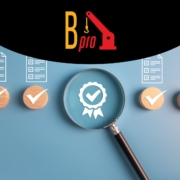Why Documenting Issues in Projects Is Essential for Building Best Practices
Documenting project issues—errors, incidents, deviations, and risks—is not just an administrative task. It is the foundation of organizational learning and long-term operational maturity. When captured and analyzed, issues become strategic assets that drive continuous improvement.
1. Prevent Repeated Mistakes
Every issue contains a root cause. When teams record and analyze them, patterns become visible, enabling corrective actions that prevent similar problems in future projects.
2. Strengthen Processes and Quality Standards
Issue logs highlight weaknesses in procedures, configurations, quality controls, and decision flows. By formalizing corrective actions, organizations reinforce their operational frameworks.
3. Improve Audit Readiness and Compliance
Certifications such as ISO 9001 and ISO 27001 require evidence of issue tracking. A well-documented log demonstrates transparency, traceability, and maturity.
4. Enable Better Decision-Making
Issue data provides visibility into recurring challenges, resolution times, team workloads, and systemic risks. This empowers leaders to make informed process and staffing decisions.
5. Build a Culture of Accountability
Documenting issues reinforces professional responsibility—not blame. When teams understand the value of structured reporting, they contribute to stronger, more reliable project execution.










Dejar un comentario
¿Quieres unirte a la conversación?Siéntete libre de contribuir!